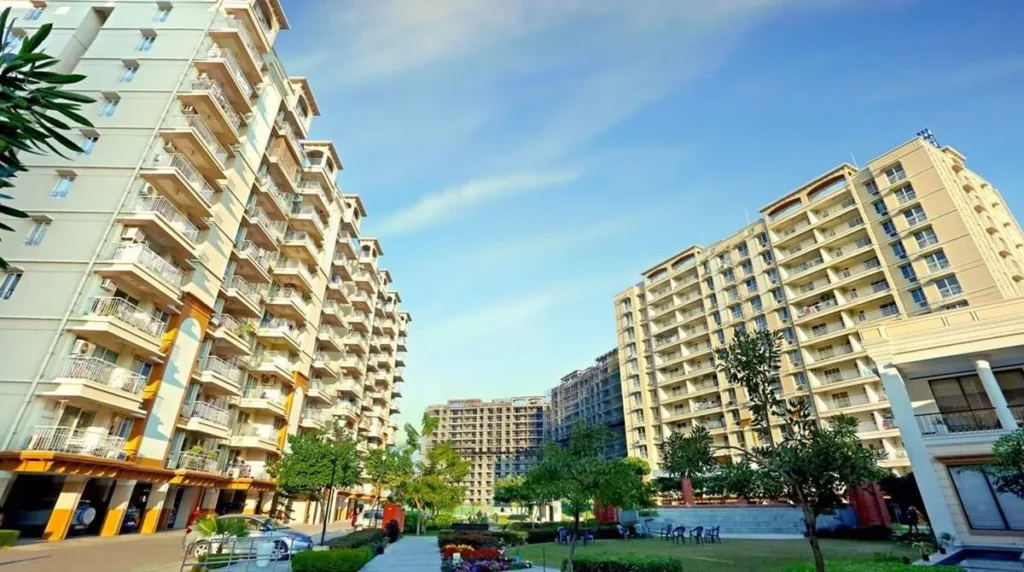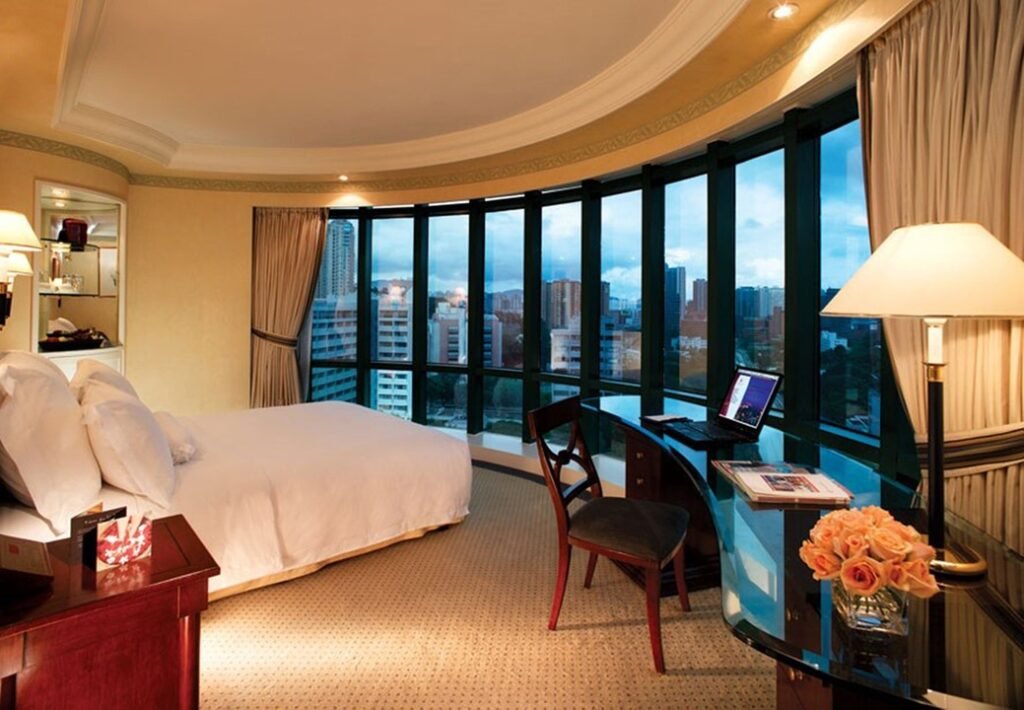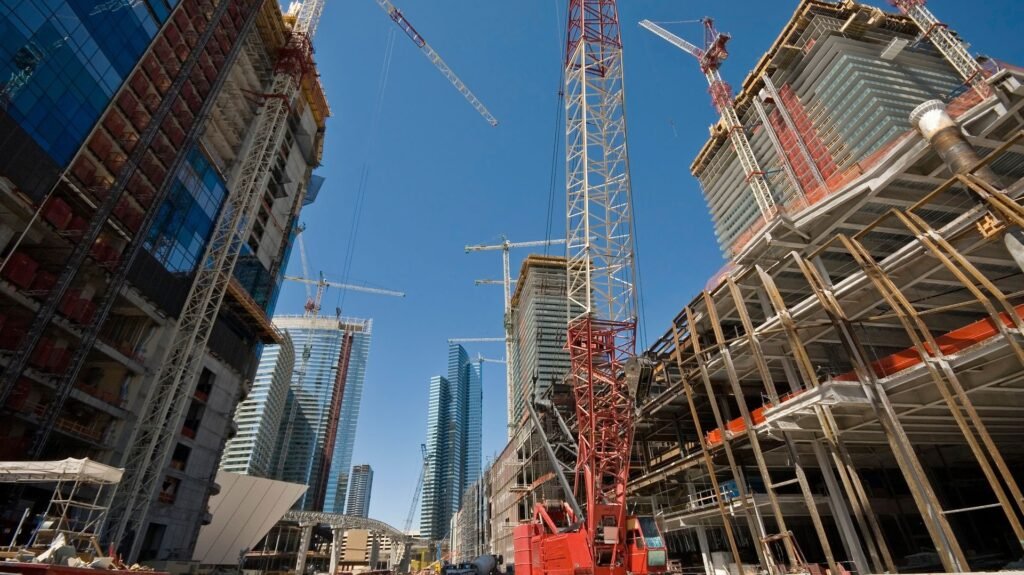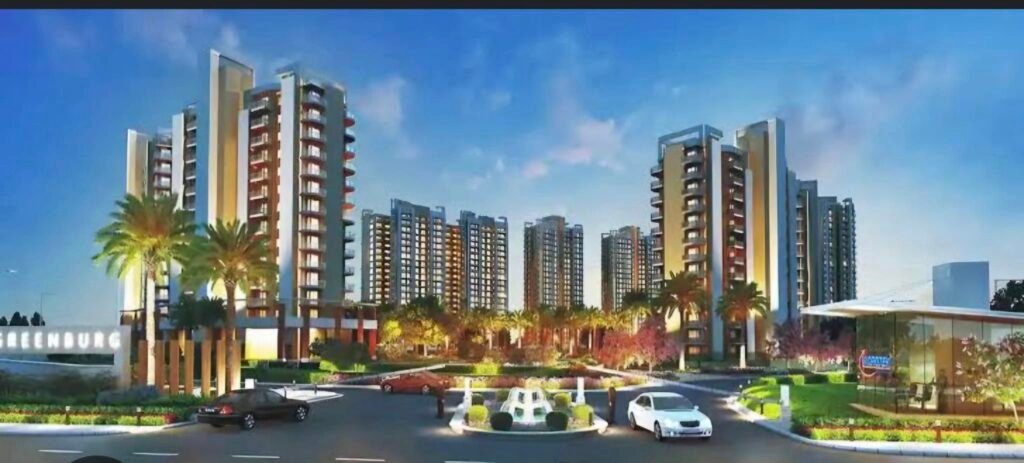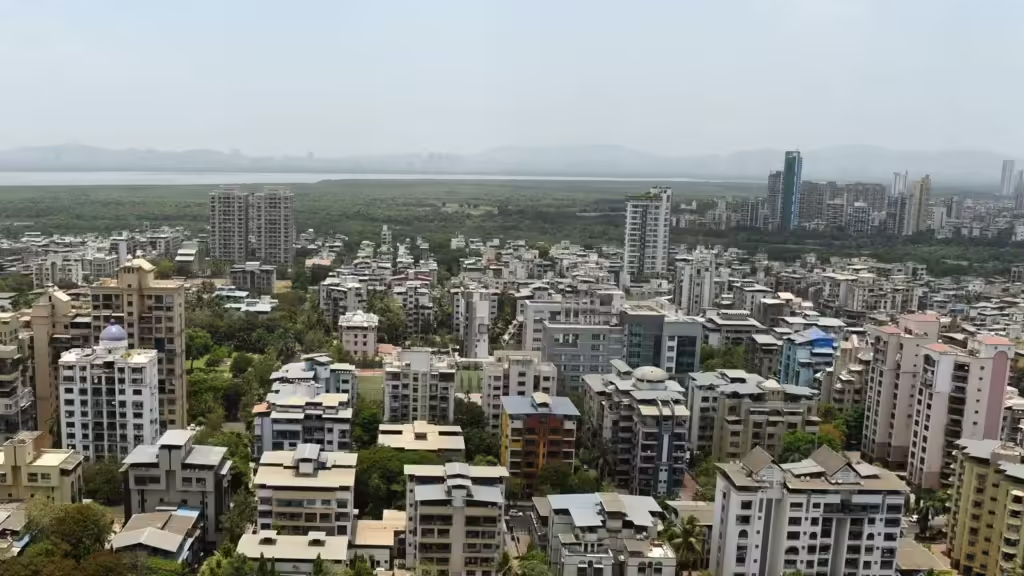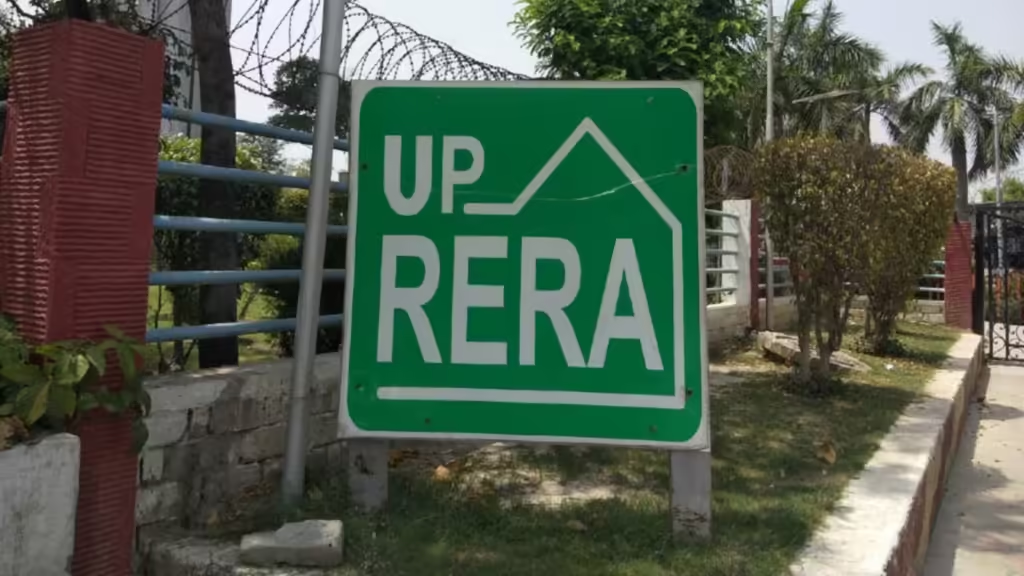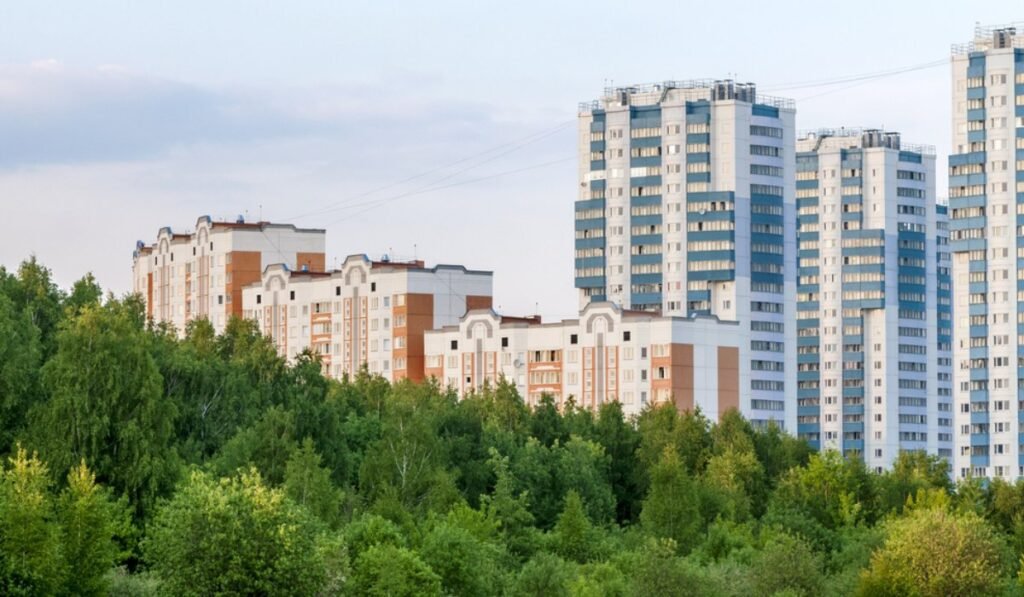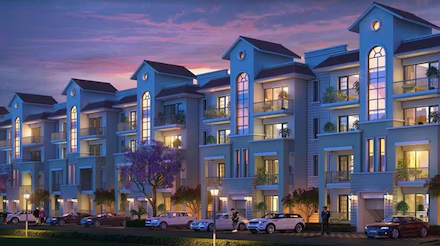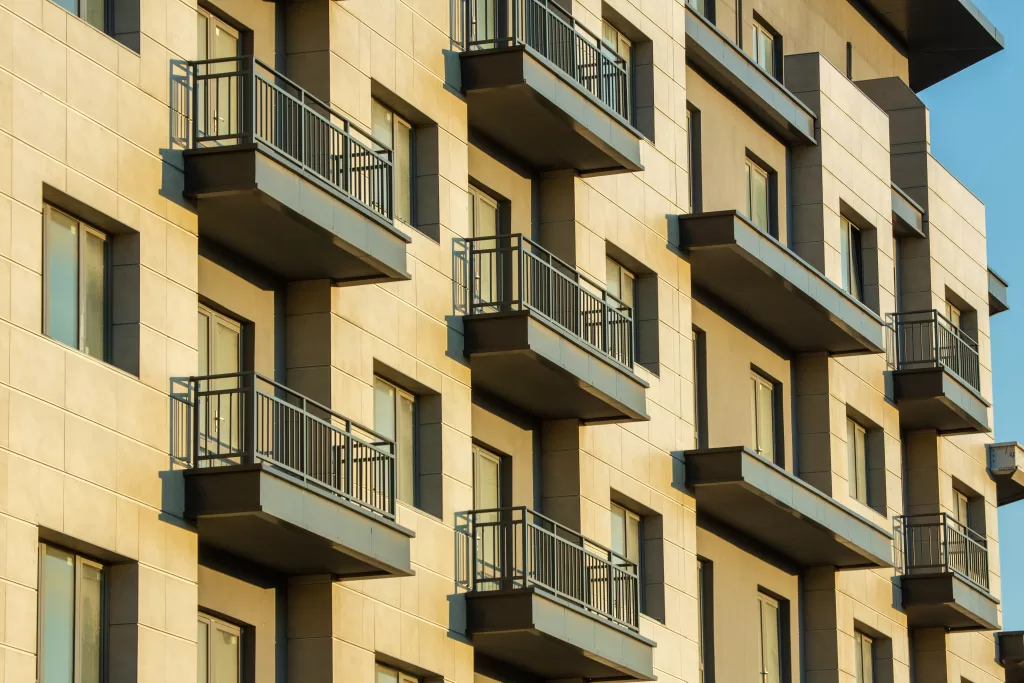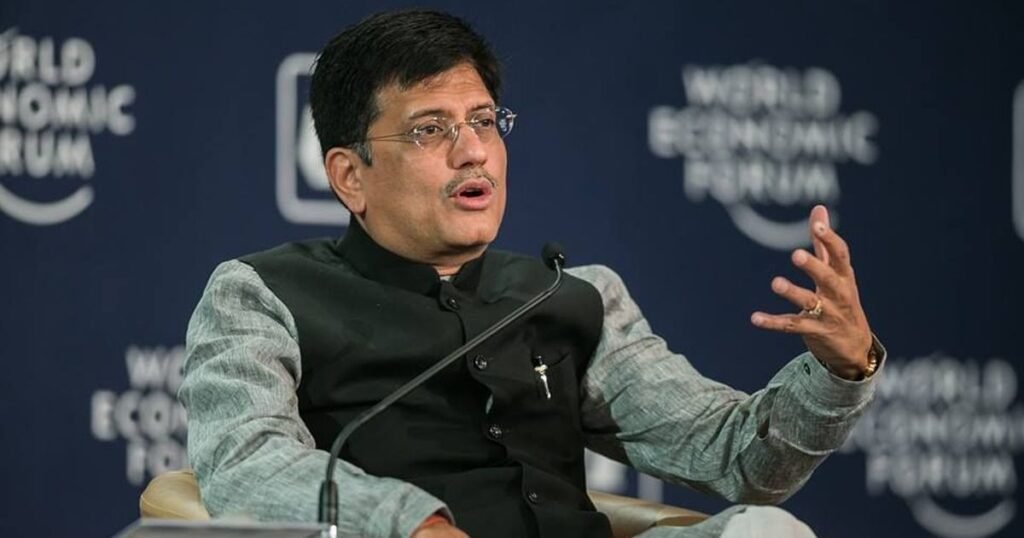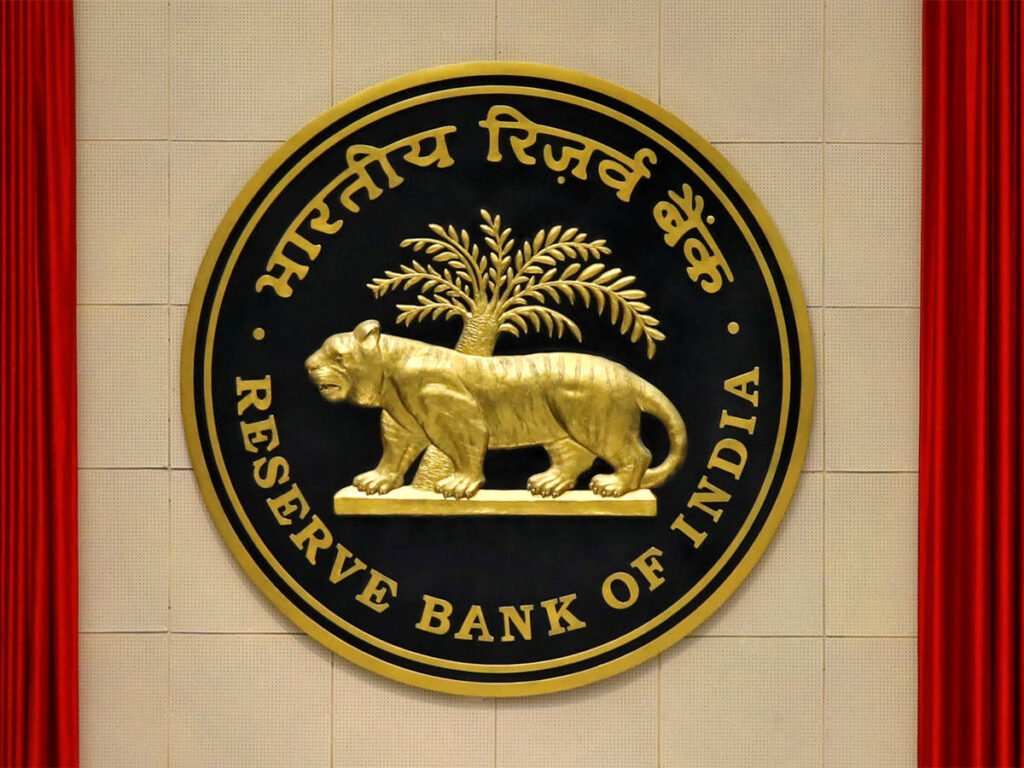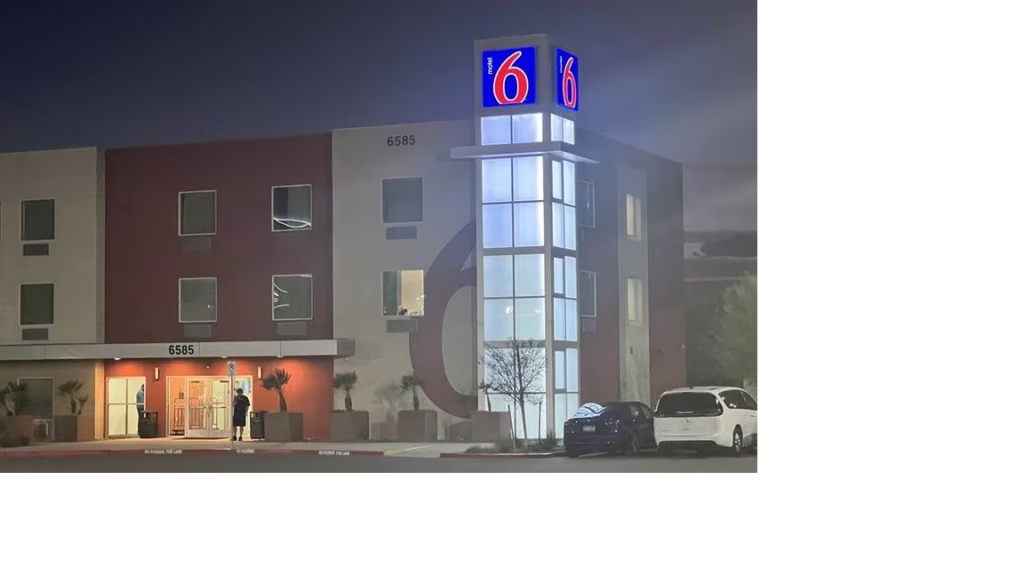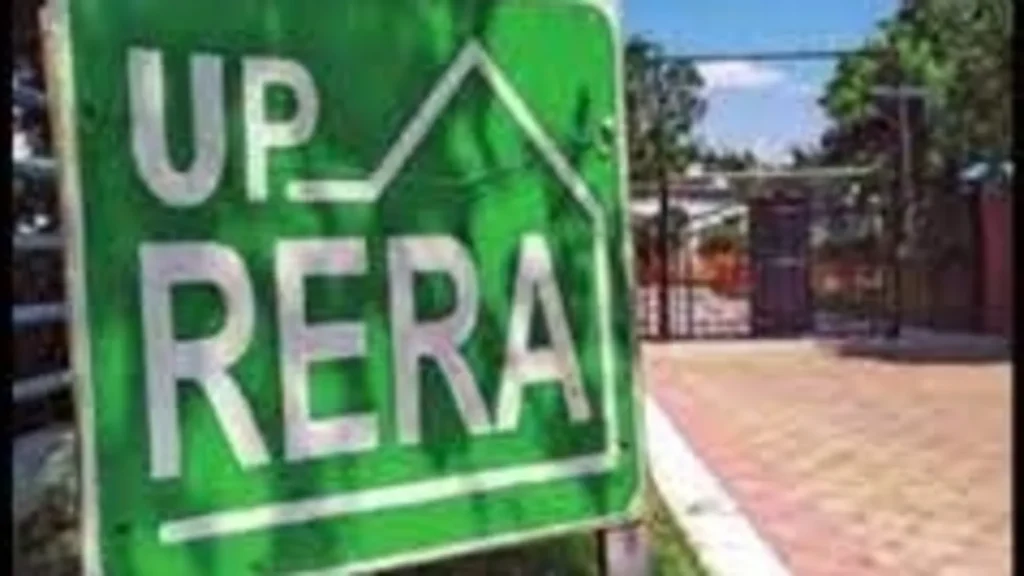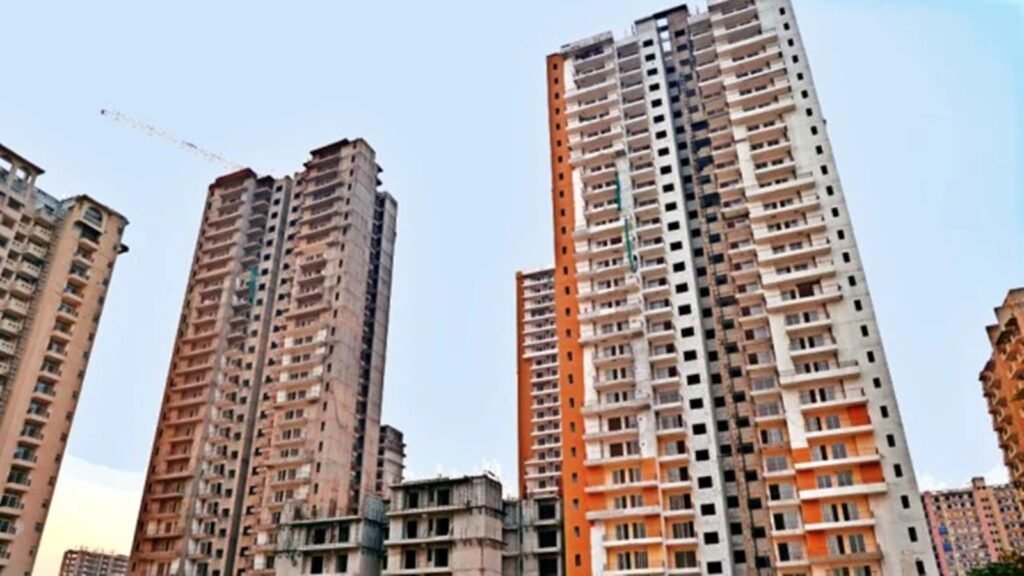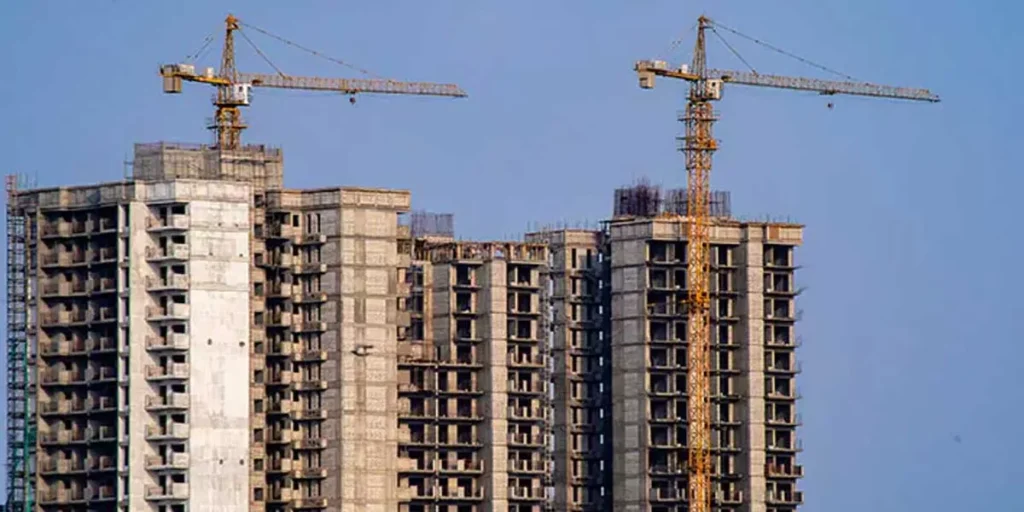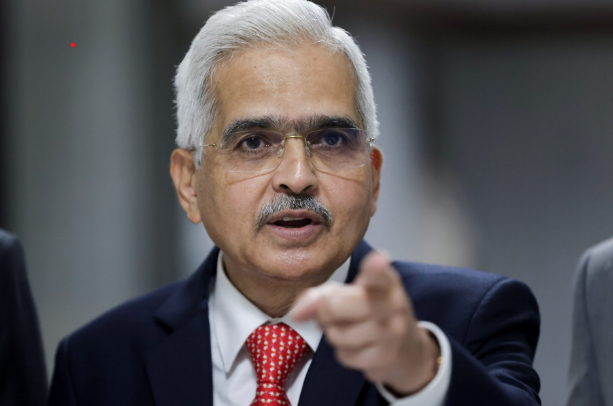Is the Luxury Housing Boom in India Coming to a Halt?
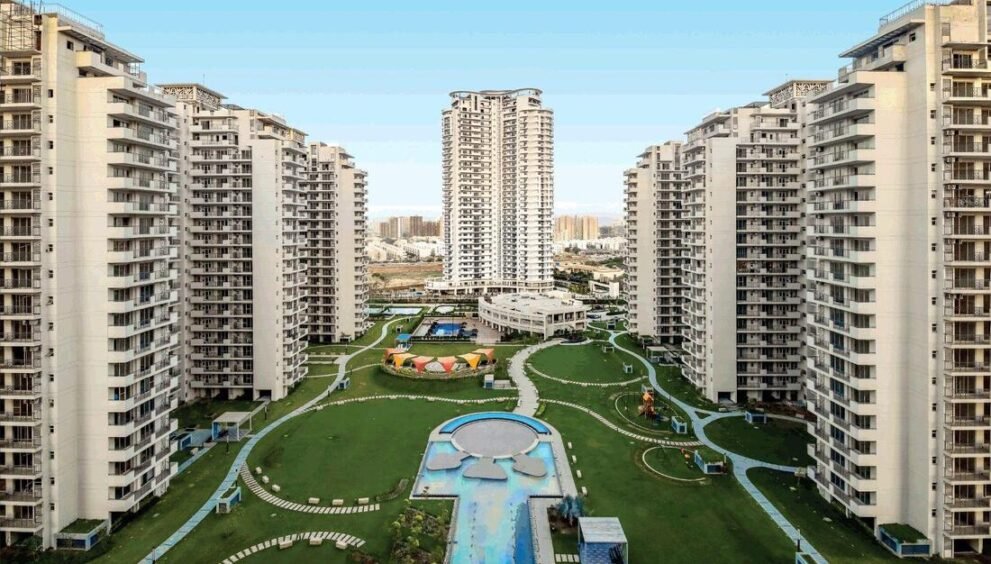
Market Trends: Luxury Housing Sales Under Pressure
India’s luxury residential market has seen remarkable growth over the past three years, driven by rapid urbanization, rising incomes, and changing lifestyle aspirations. However, a recent report by Knight Frank suggests that this surge in demand for premium homes may not be sustainable in the long run.
Knight Frank’s Insights on Luxury Housing
According to the Knight Frank report released on October 3, the increase in demand for luxury homes post-COVID-19 may not continue indefinitely. The report highlights several key points:
Relying solely on the luxury segment to drive real estate growth is not feasible.
A diversified investment portfolio is crucial for sustainable sector development.
The sector’s long-term momentum requires a boost in affordable and mid-segment housing alongside luxury offerings.
Current Market Dynamics
The Knight Frank report indicates that luxury housing accounted for 46% of total sales in the third quarter of 2024, with homes priced above ₹1 crore classified as luxury properties. However, experts believe that the definition of premium housing needs to evolve, especially in Tier-1 cities:
In Noida, average luxury deal values range from ₹8 crore to ₹18 crore.
In Mumbai, values can soar between ₹15 crore to ₹100 crore.
Bengaluru offers homes above ₹5 crore with increasing availability.
Redevelopment Trends in Major Cities
In Mumbai, a land shortage has accelerated the trend of redevelopment projects, many of which fall into the super-luxury category due to their sea-facing views. This trend is expected to continue in the coming years. The rise in the luxury segment has prompted developers to collaborate with renowned architects to enhance project designs and attract buyers.
The Need for Affordable Housing
While the luxury segment shows promise, the medium-term revival of affordable housing is becoming increasingly critical. Luxury homes serve as aspirations for many, but affordable housing addresses the essential need for shelter. The growing demand for quality homes may, in turn, boost prices in the premium housing market.
NRI Investment Trends
Another factor influencing the luxury housing market is the depreciation of the Indian Rupee against the US Dollar, making real estate more appealing to NRIs. It is projected that by 2025, NRIs could account for 20% of total property investments in India.
While the luxury real estate market in India continues to thrive, a balanced approach that includes affordable housing is essential for long-term stability. As market dynamics evolve, the demand for quality homes is likely to impact pricing trends in the premium segment.

 English
English 



























